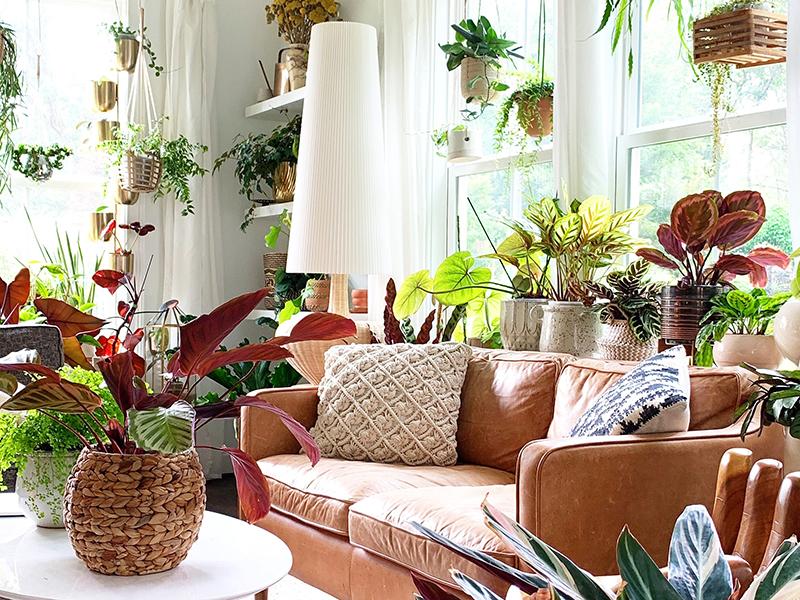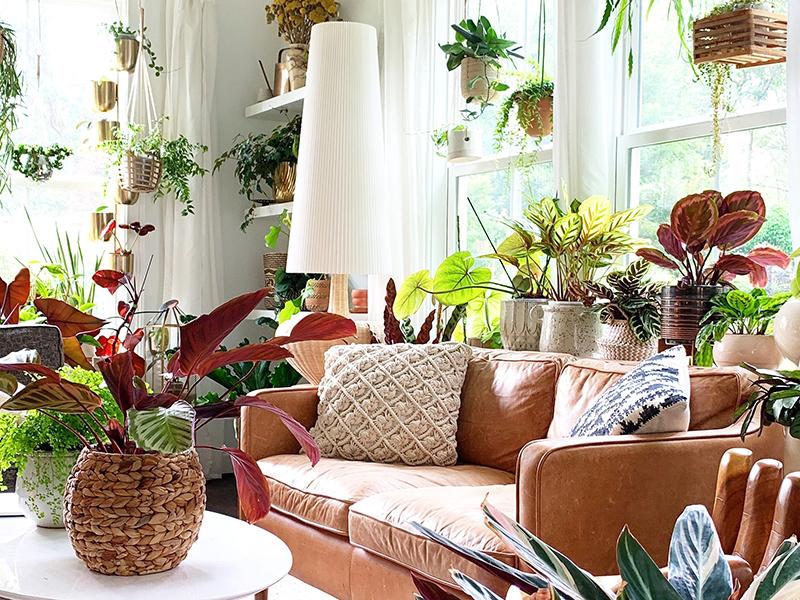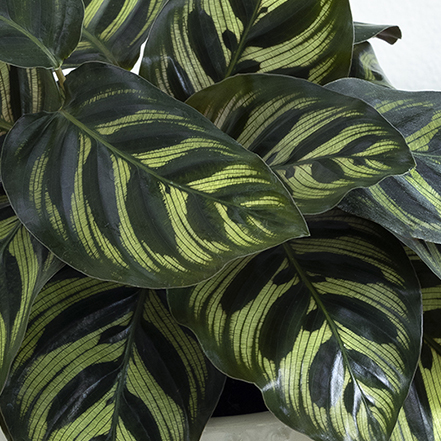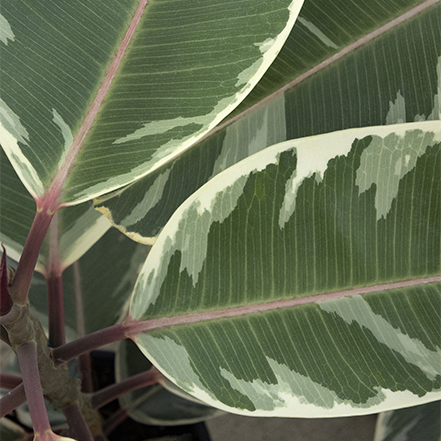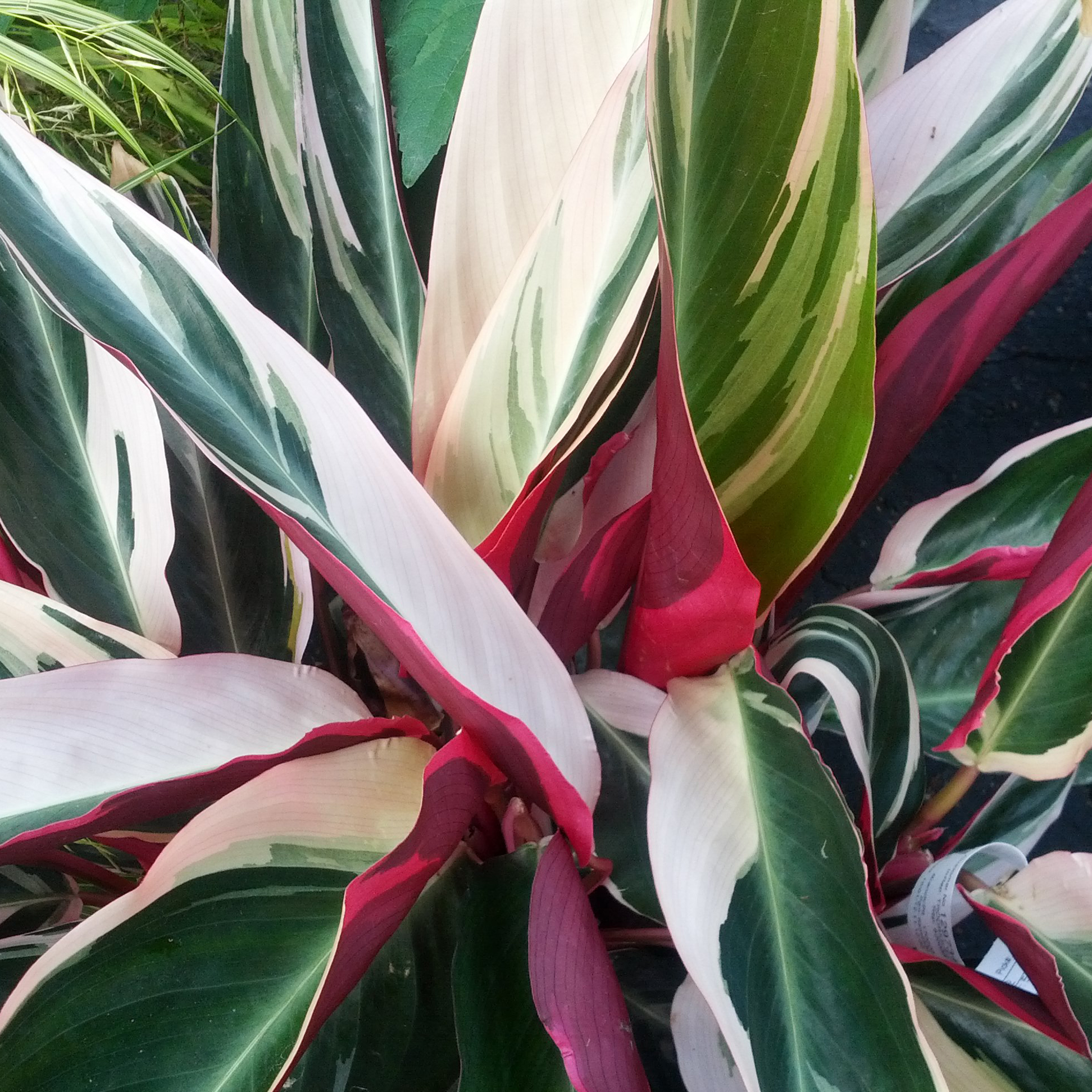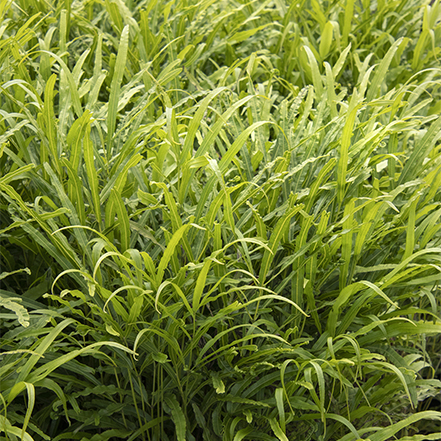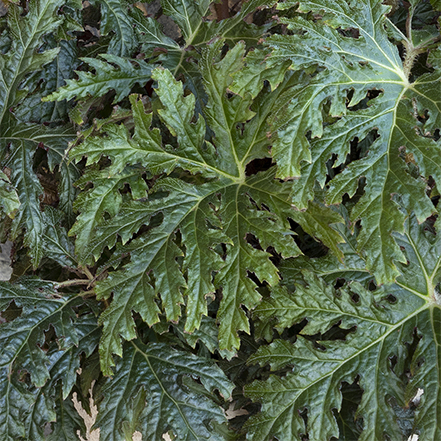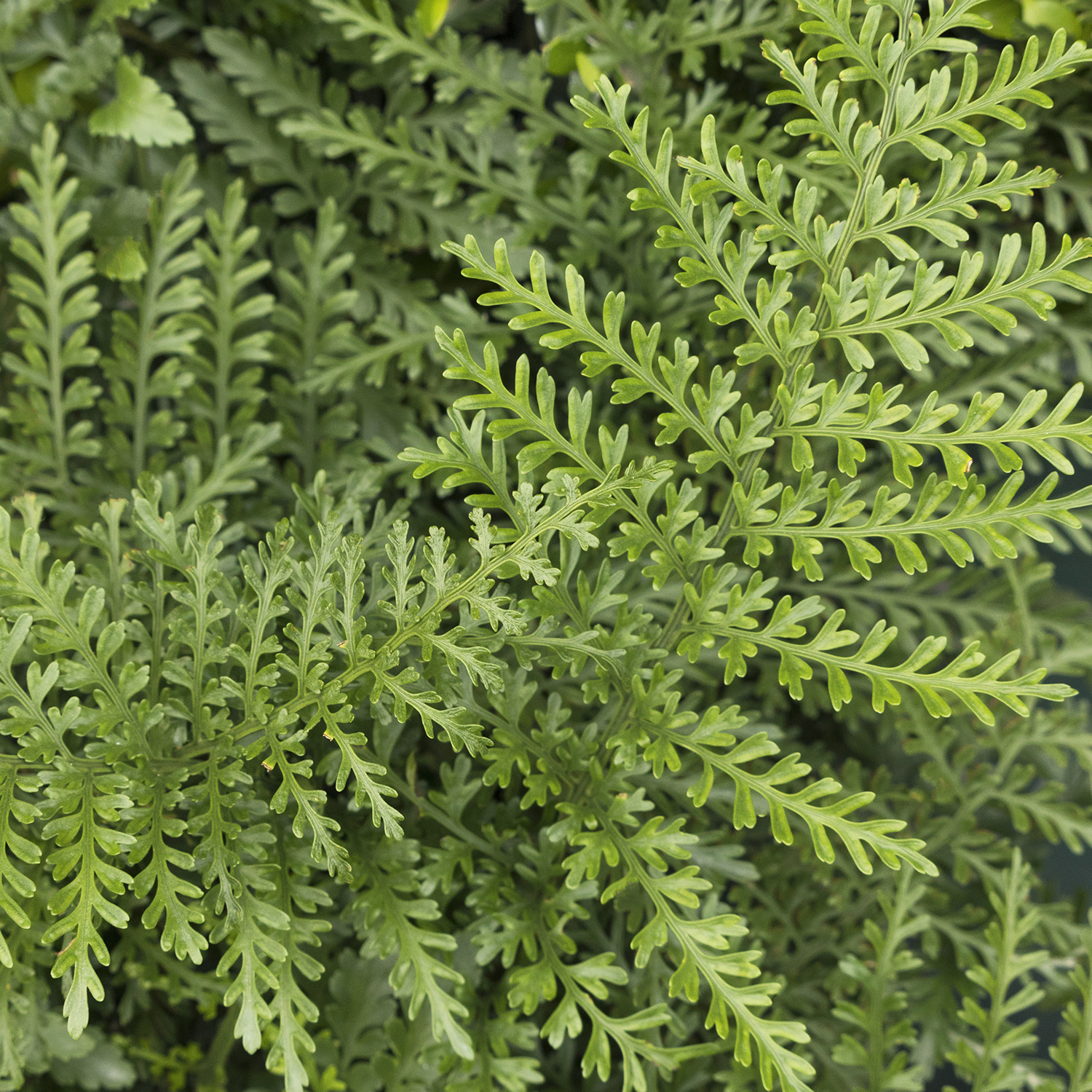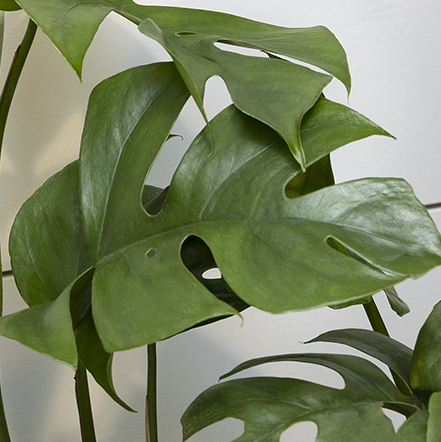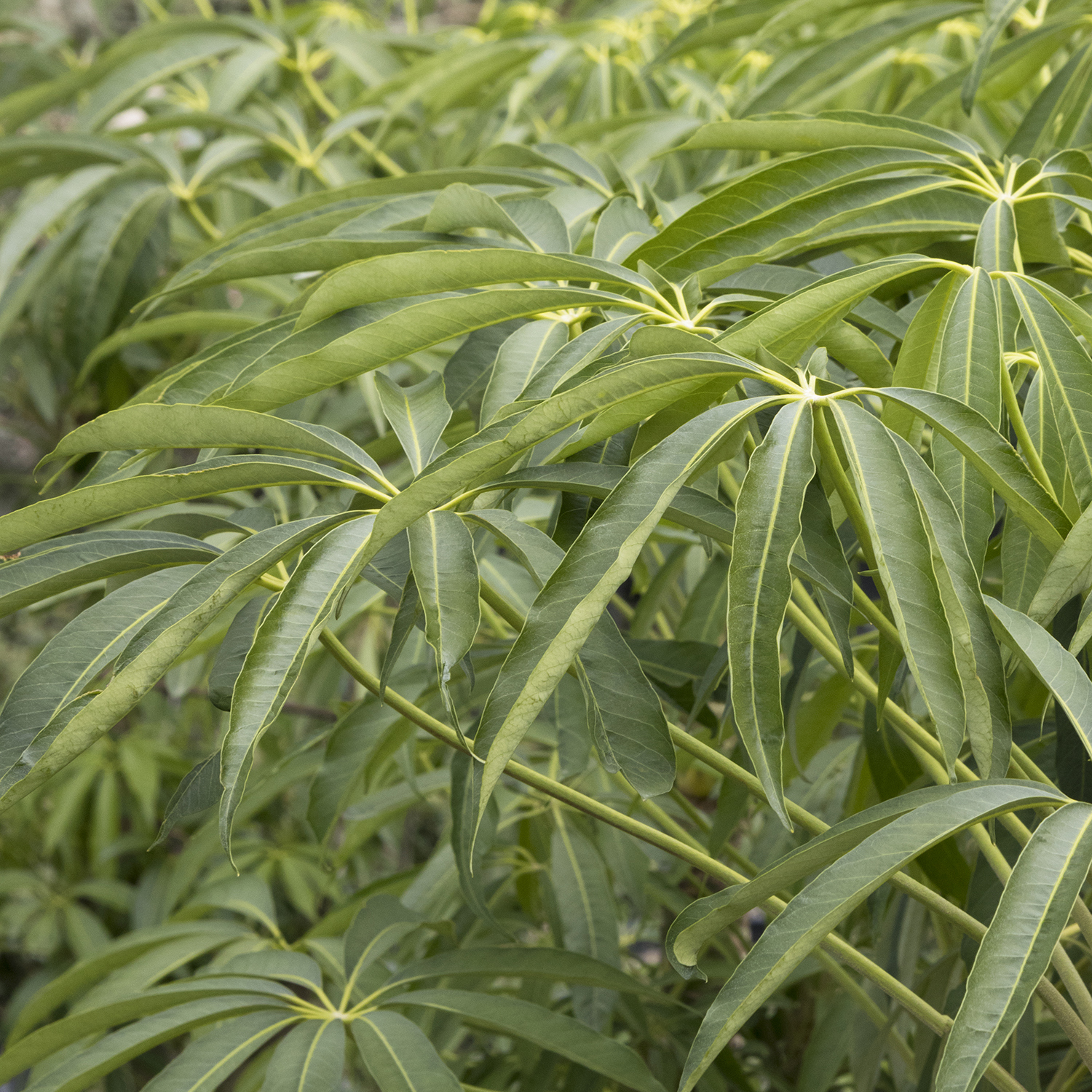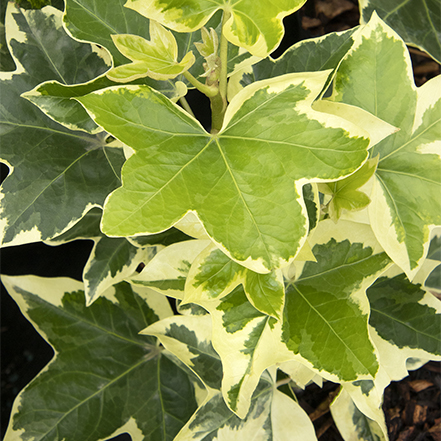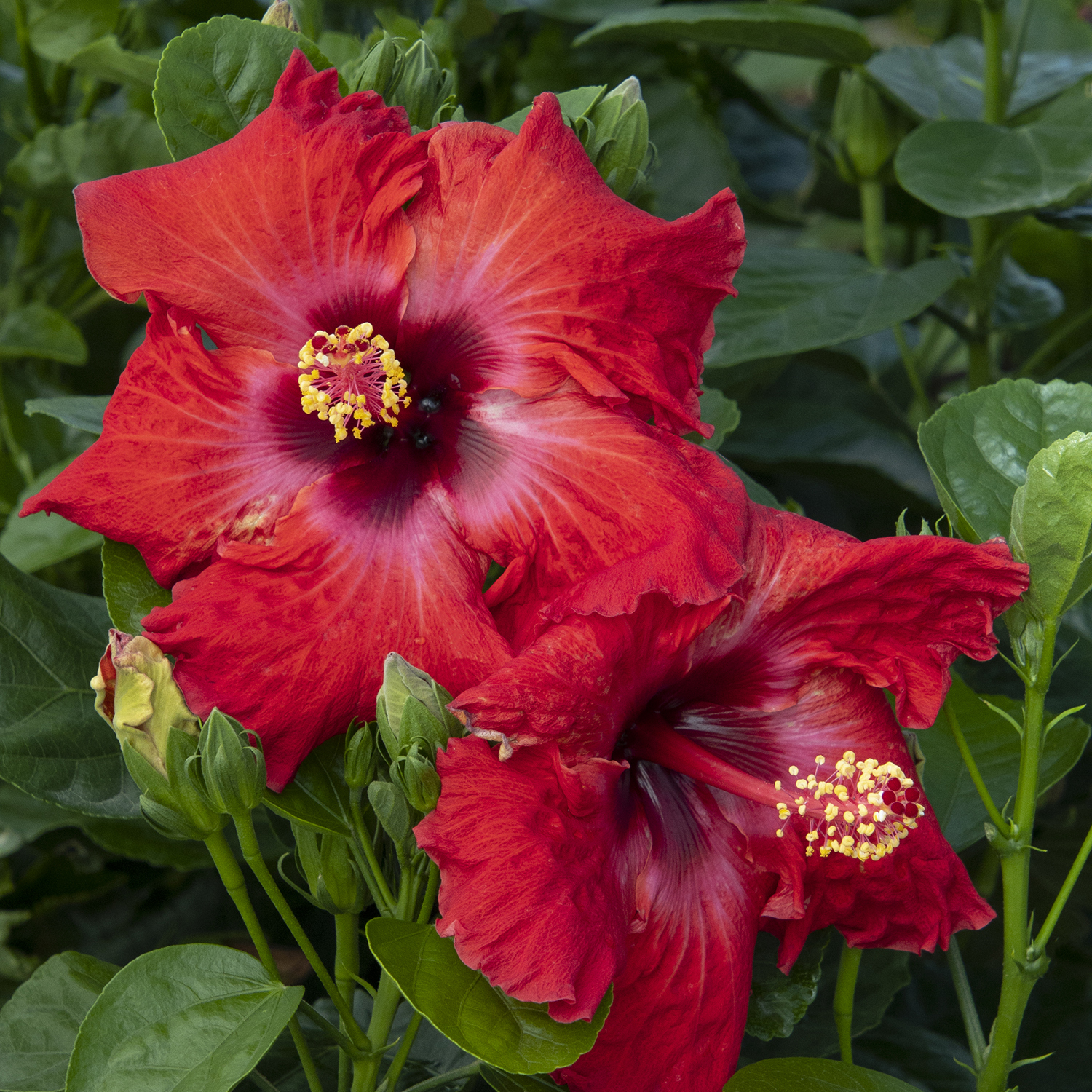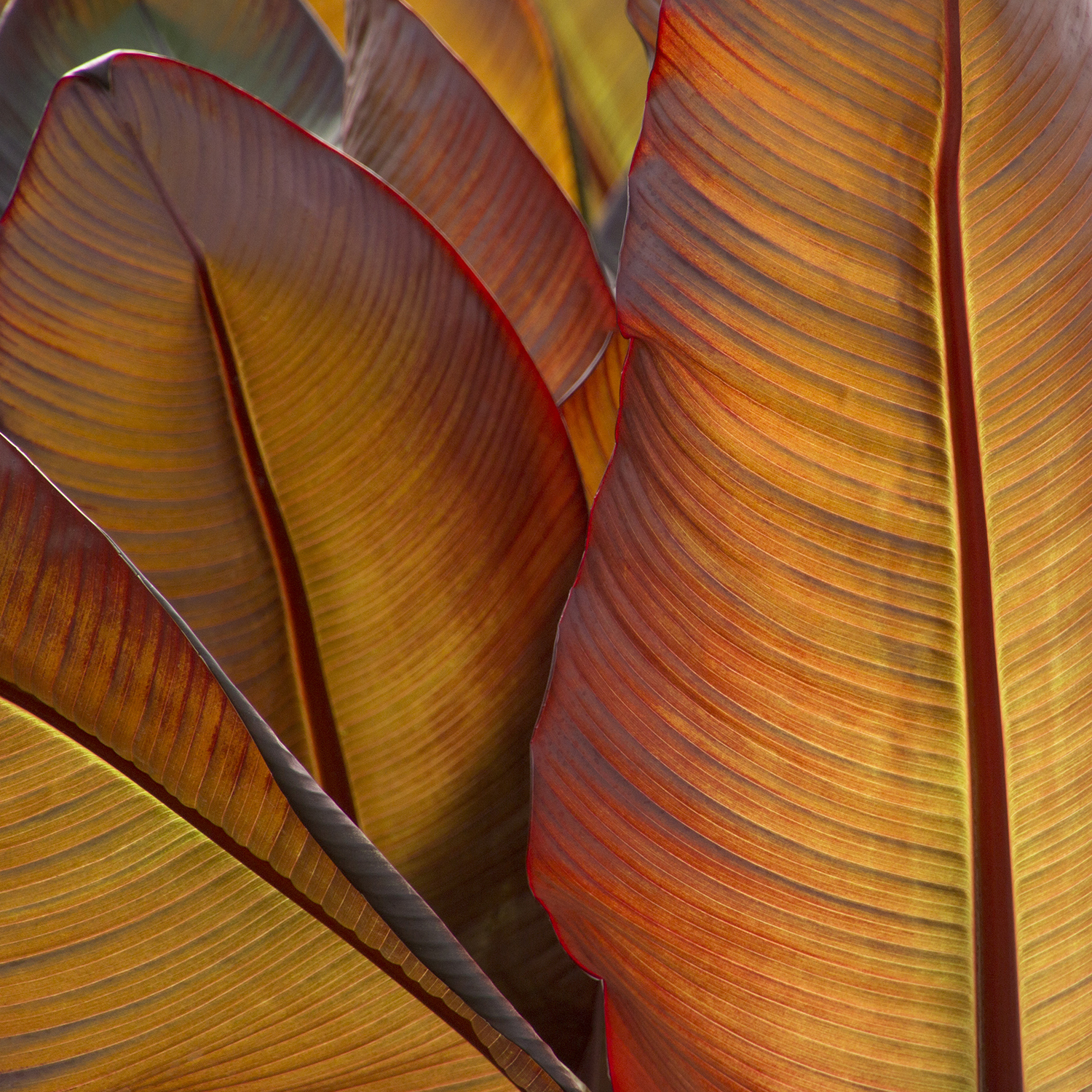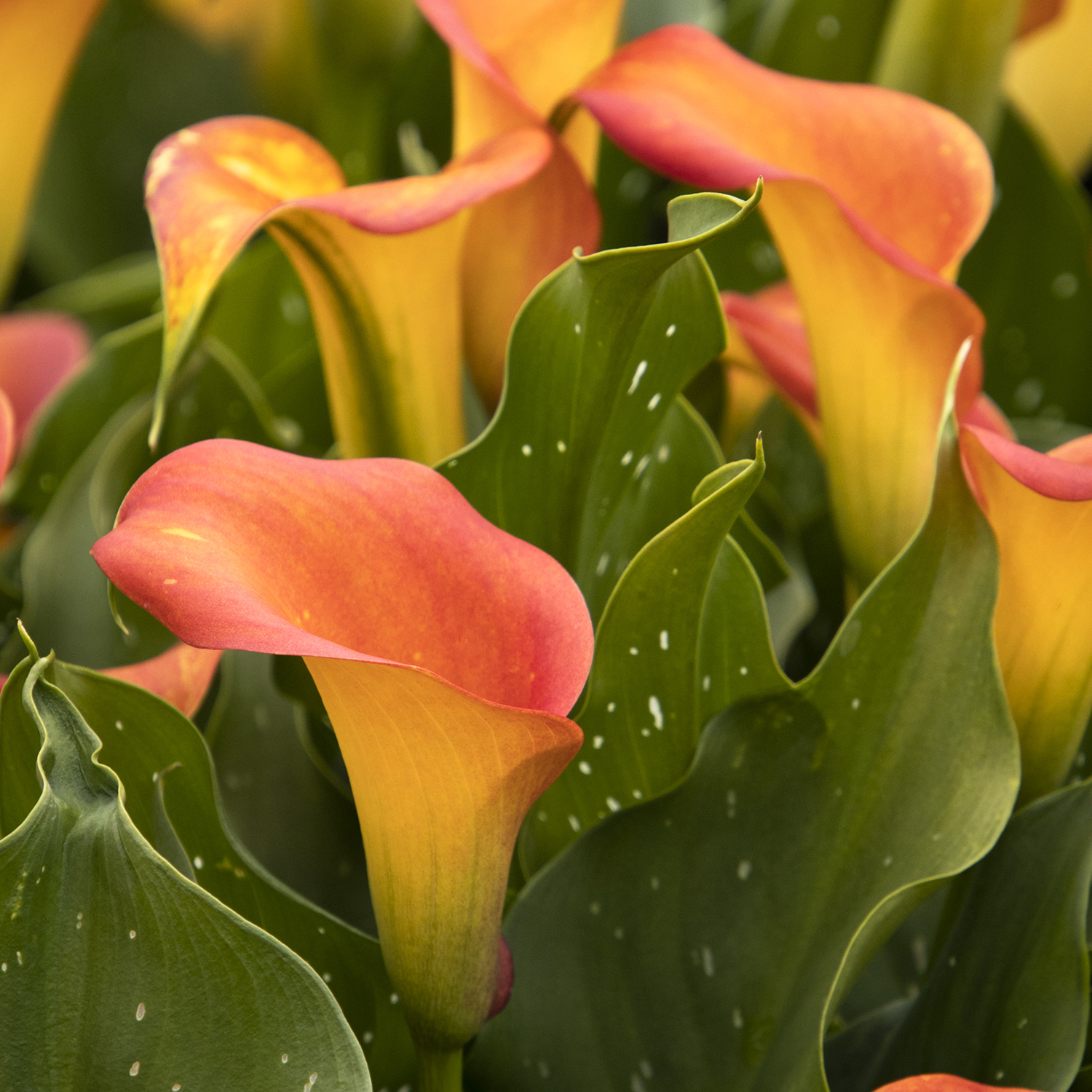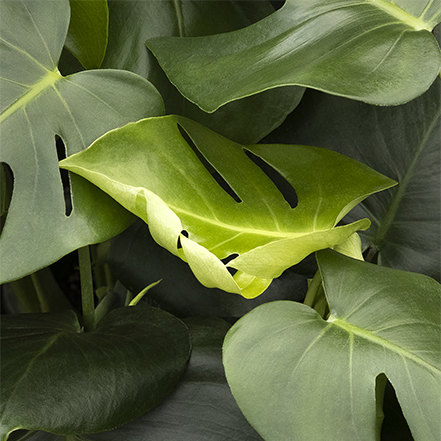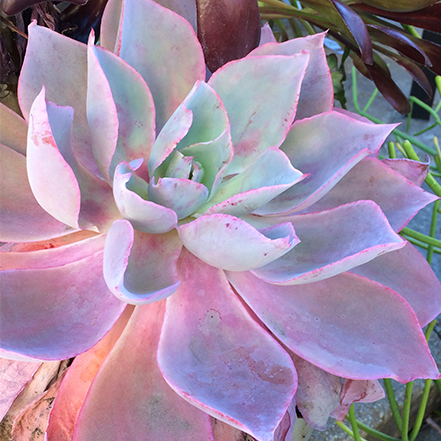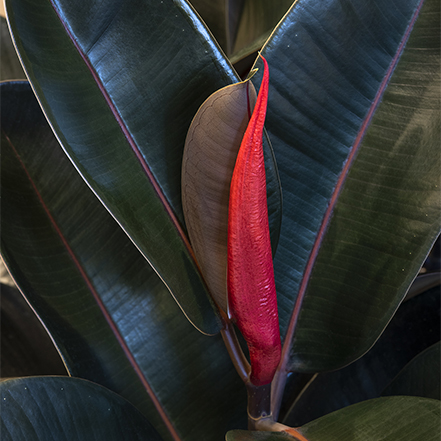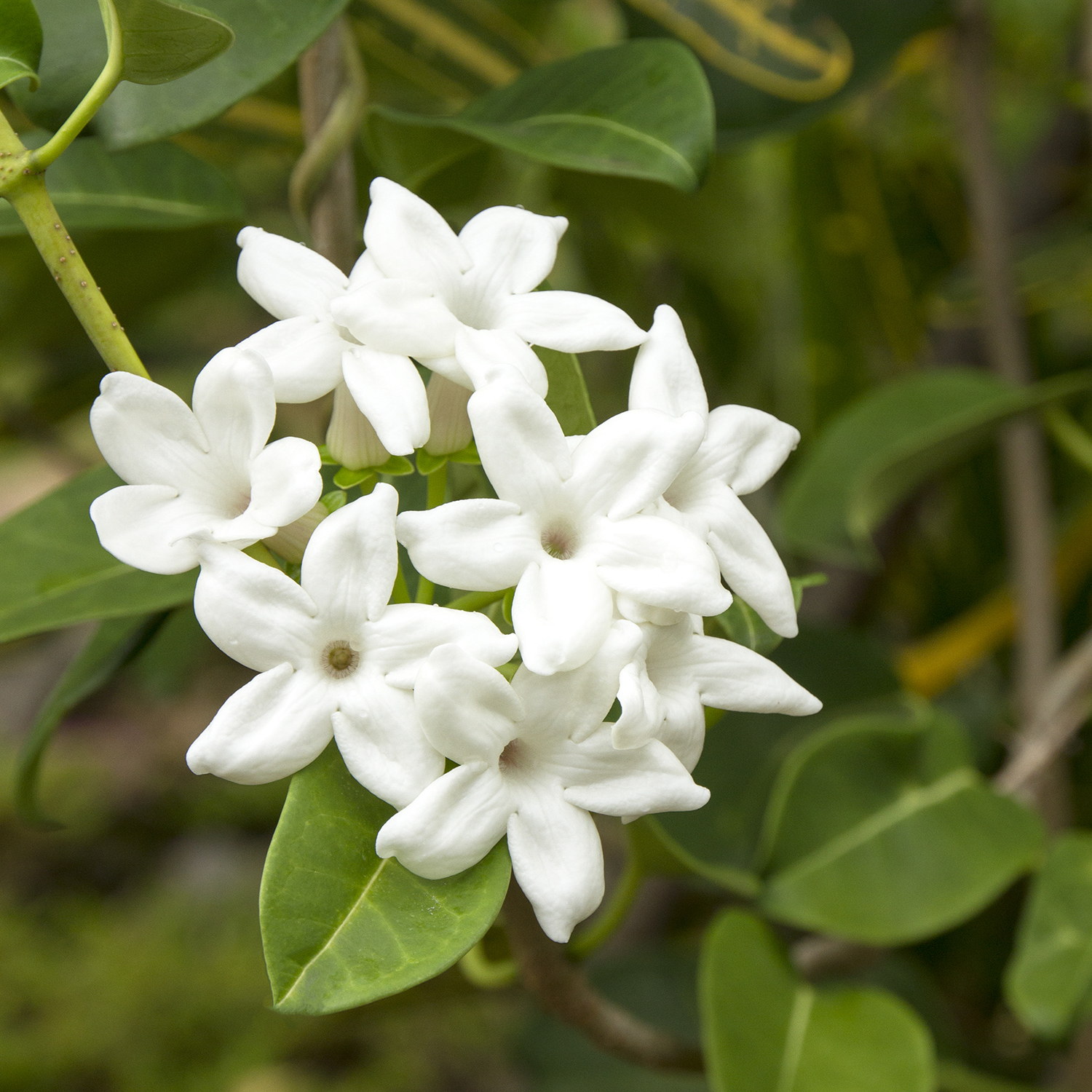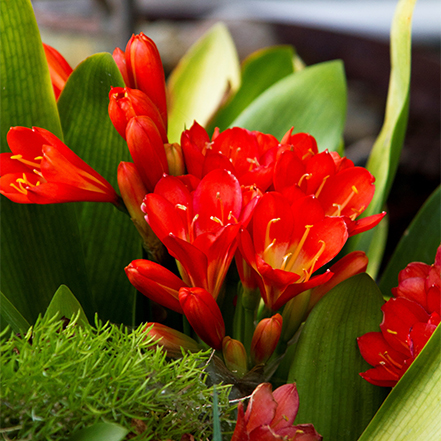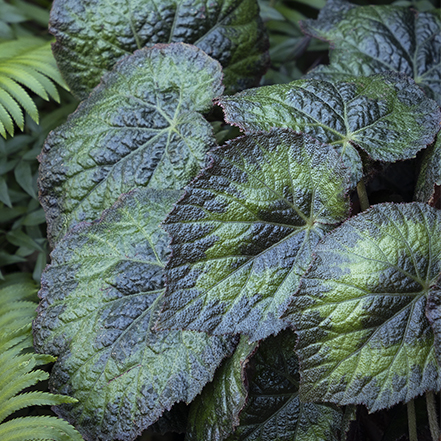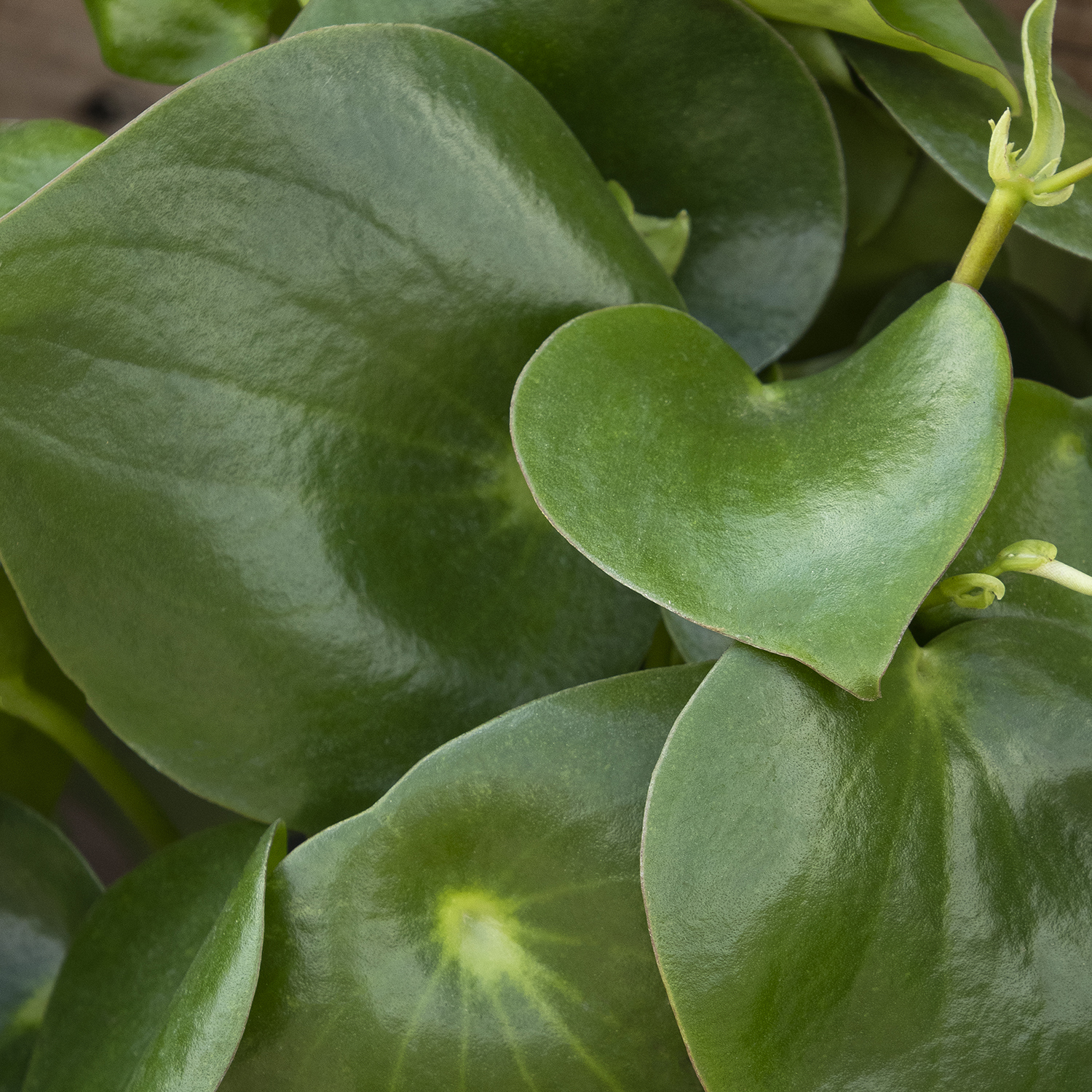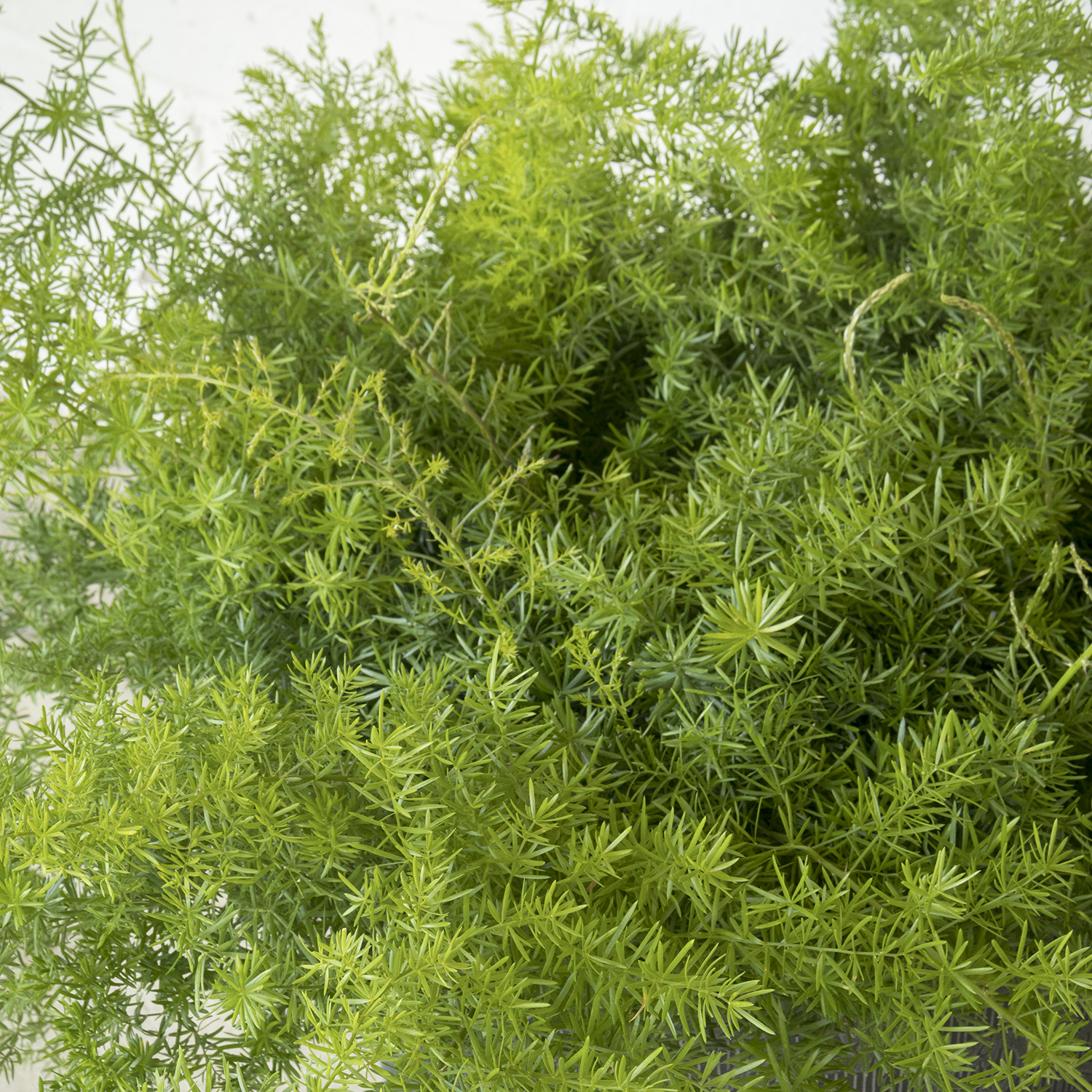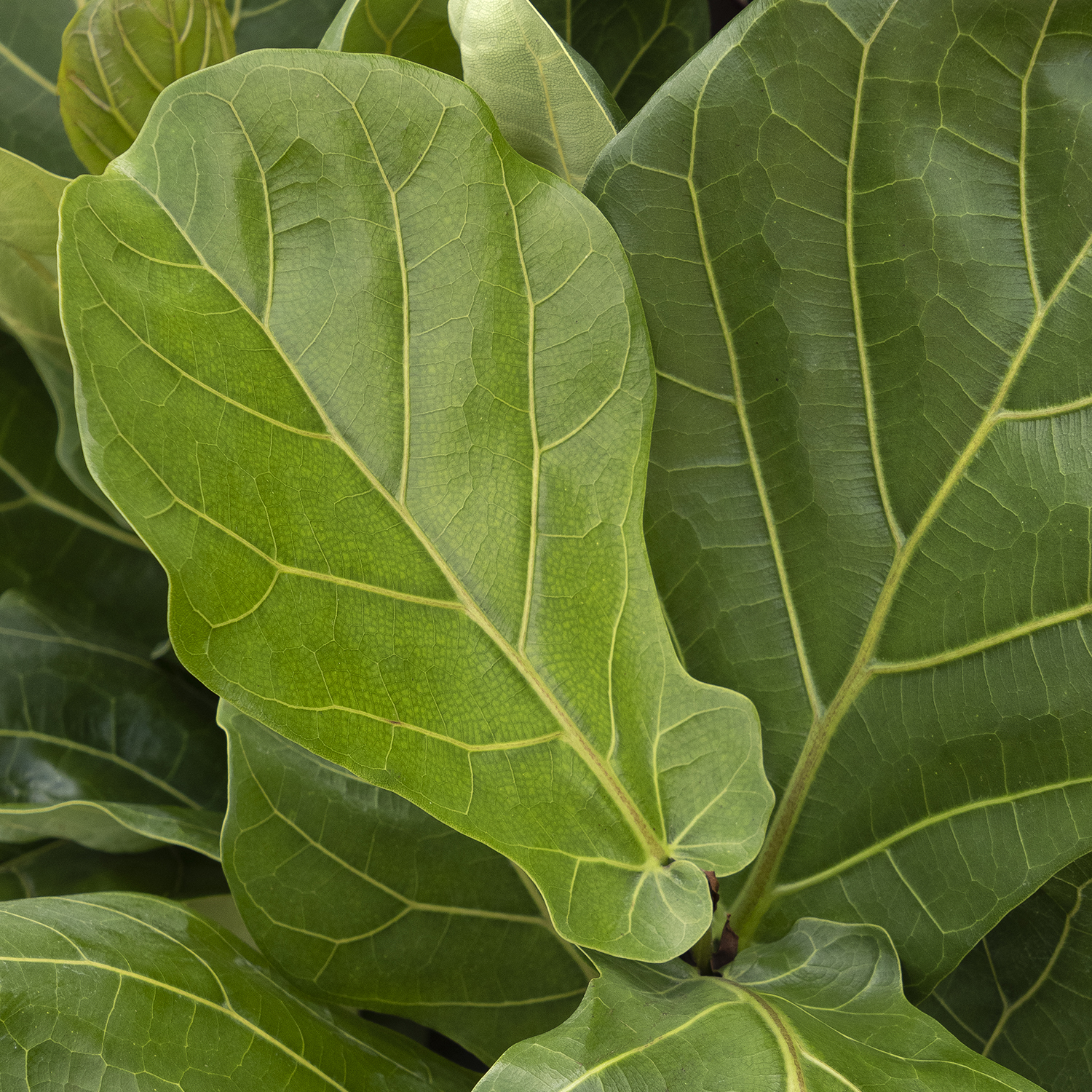"Conservatory." Once this word evoked the glamorous, rarified aesthetic of Victorian plant-mania. Back when explorers traveled the world to find rare species. Ones that were so prized, collectors built entire rooms of glass to show them off. Happily, creating a conservatory vibe in a room filled with plants is now available to anyone. Especially those with a desire to surround themselves with the beauty of statement foliage and flowers.
Where to start? Find a space with ample light. (See the types of plant-loving spaces you might either have or wish to create below). Add layers of the things you love such as furnishings, art, and books. Then it's time to fill with plants.
It can take some trial and error to find the perfect plants for the conditions available in your space. However, when you are relaxing in a room surrounded by your favorite plants, you will understand why. A hundred years ago, plant lovers built conservatories. With the darker days of winter still upon us, now's a wonderful time to create your own. Bring life to your home.
(Above) Is there such as thing as "too many" plants? Never! Here's this inviting, light-filled living room created by designer Amanda Rae Wright. No square inch that could house a plant is wasted. Creating layers from floor to ceiling evokes the lush feeling of a conservatory while still being manageable. See more about this room below. Photo: Amanda Rae Wright @witandwhistle
What is a Solarium? Sunroom? Conservatory?
When considering creating an indoor space filled with plants, you might read different terms used to describe the room. Here are a few of the more common ones.
Greenhouse: This often hardworking gardening space can be an ideal environment for chilling and relaxing. Typically freestanding, but can be attached to a house.
Solarium: A glass-enclosed patio or porch often added to an existing home with a curved window. This allows for more real estate to site plants in a sunny spot. Less costly than a typical conservatory.
Sunroom: Well, it's just that. A sunny room! Lots of windows and exposure. May only be comfortable part of the year depending on conditions.
Conservatory: Traditionally a room made of glass and attached to a house on one side. Differs from a solarium due to often lavish design details such as ridge crests and finials. It can be used as a greenhouse or a sunroom...or both.
How to Turn Nearly Any Room Into a Conservatory-Like Space
So maybe you don't have the dreamy bright, sunny windowsill that many houseplants love. However, do you have a space in which you would like to add plants? While there are other factors to consider, the solution might as simple as adding more light. Here are a few tips for brightening your room:
- Wash the windows. Yes, this one's pretty obvious, but clean windows let in more light. Give them a good scrubbing a few times a year.
- Prune exterior shrubs or trees that are hindering light from entering the room. This doesn't mean cutting down your trees. Just thinning a few branches with the help of a professional might be enough. It can take your room from dim to not-so-dim. Thus, permitting you to try more and different plants.
- Add mirrors in the space to amplify light streaming through windows; light bouncing around the room adds brightness.
- Consider adding artificial lights to the mix. There is nothing wrong with using a few clip-on or overhead plant lamps during the night. This will provide the extra hours of light that your plants might need in the darkest days of winter.
3 Cozy Plant-Filled Indoor Rooms
Three designers, each with different conditions in terms of light and available space, created these serene plant-filled spaces. They live in this virtually every day. Find conservatory plants and design inspiration in each room below.
Sunshine State
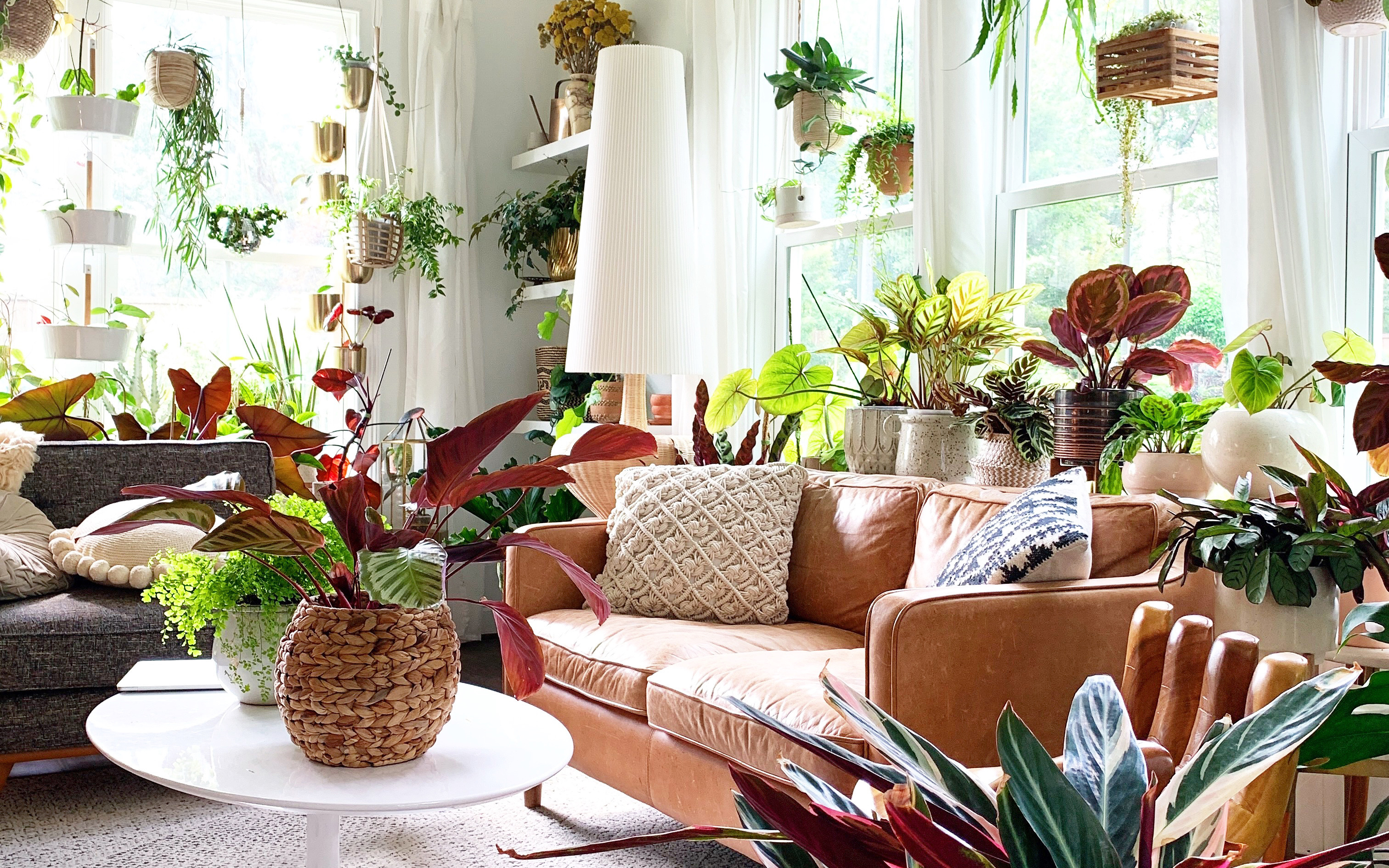
The mix and match of all kinds of plants here reflects the homeowner's love of "gather-as-you-go" interior design. With lots of windows and ample light, designer Amanda Rae Wright of Wit & Whistle chose plants. Ones that can tolerate full-to-filtered sun for most of the day. She made the most of what is not a large overall space with plenty of hanging planters. Some of the plants here include Triostar Stromanthe (on the floor in front), rattlesnake plant, peacock plant, and Marion Calathea. All on the table behind the sofa. Below, you'll find these, plus more suitable plants. Photo: Amanda Rae Wright @witandwhistle
Conservatory Plants to Get This Look
Peacock Plant
With beautifully patterned leaves, it's happy with indirect bright light. Although, it's also happy with fluorescent lighting, making it a great choice for the office.
Tineke Rubber Plant
Get the lush bi-colored look with this classic easy-to-grow houseplant with beautiful green and white leaves blush with pink. Best with filtered sun.
Triostar Stromanthe
Broad, shiny leaves are arranged in fans, with burgundy-pink undersides. Wonderfully fuss-free houseplant. Use a larger planter and give room to grow.
Low-Light Modern
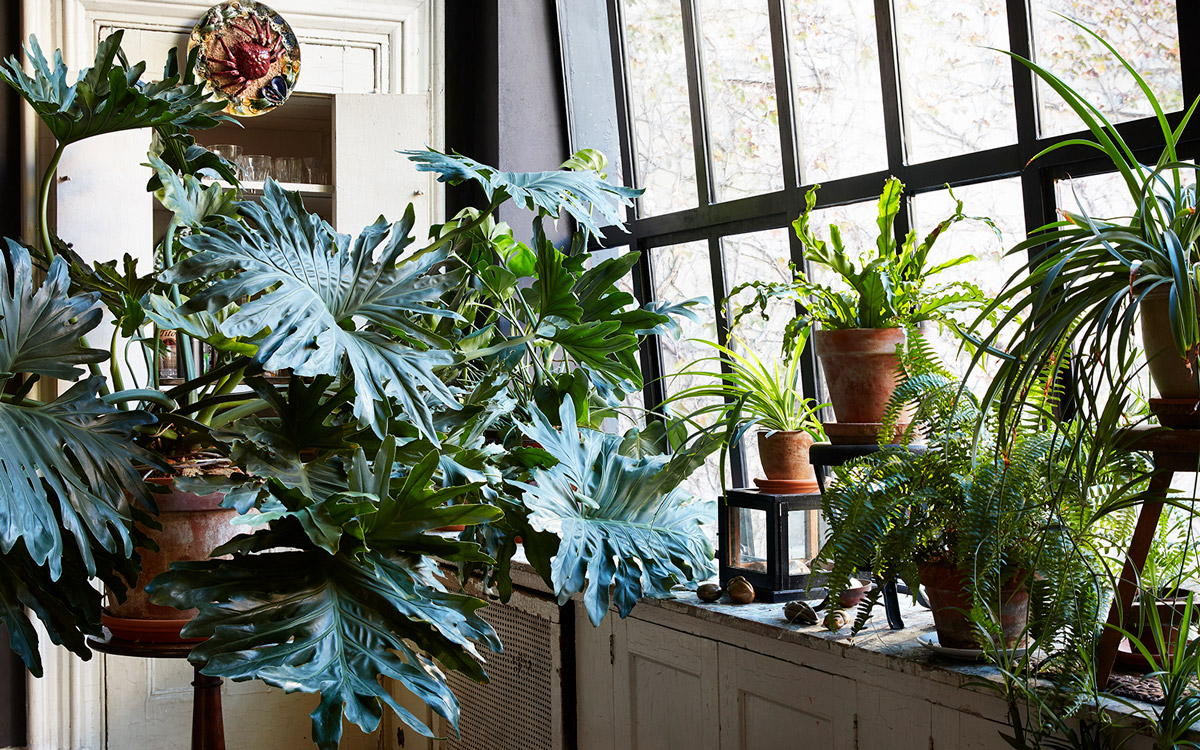
Don't let dimmer light conditions stop you from having an enticing conservatory vibe. Even with plenty of windows, a room that faces north or west can provide a challenge for many plants. This homeowner lets scale and diverse leaf shapes seal the deal in a room where blooming or even more colorful foliage might struggle. Ferns love this kind of light as does this amazing Philodendron selloum at left. Below find these, plus more suitable houseplants for rooms with indirect light. Photo: Stephen Kent Johnson/Otto
Conservatory Plants to Get This Look
Jurassic™ Velociraptor
Ribbon Fern
A rare find from plant explorer Dan Hinkley. This hails from China and thrives indoors near a bright but not sunny window.
Tectonic™ Eruption
Begonia
This exotic specimen adds bold texture and contrast to any lightly shaded setting. Also works in a large terrarium.
Austral Gem
Bird's Nest Fern
Highly adaptable to low humidity, this sterile variety does not develop messy spores, making it an ideal houseplant.
Classically Green
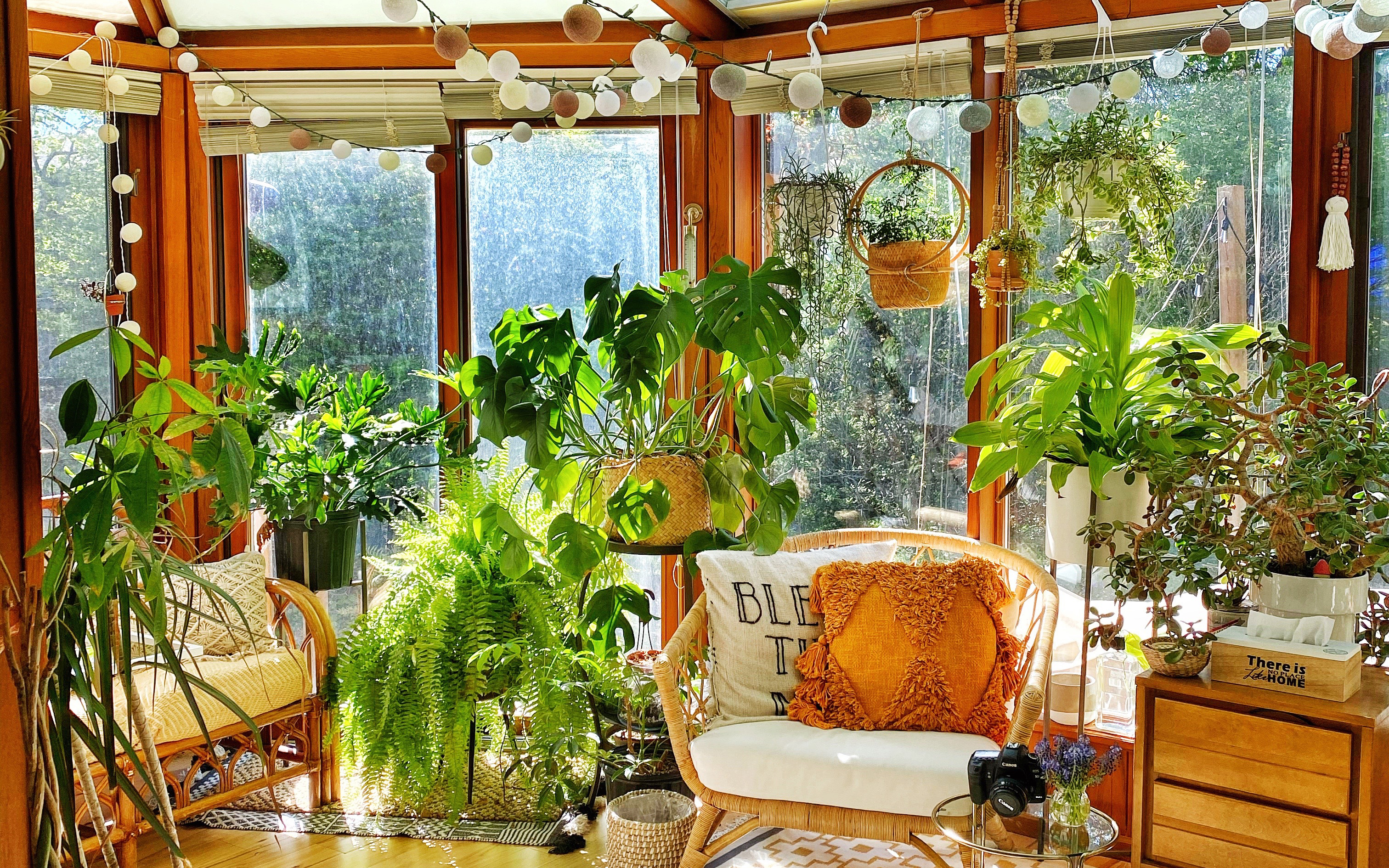
Bright, filtered, all-day-but-not-hot sunlight floods this solarium dressed to the nines in all manner of leafy-green goodness. Philodendron, Boston fern, and various varieties of succulents drink in the warm light. While not shown here, this light is where clivia, moth orchids, Japanese aralia, and African violets also thrive. During parts of the year when the sun is more direct and hotter, watch for any signs of stress. Move plants back from windows if necessary. That said, if you have this sort of bright, even light, pack the place with plants! Photo: courtesy of thekwendyhome
Conservatory Plants to Get This Look
Ginny Mini Monstera
Easy-to-grow indoor plant quickly climbs up a trellis or pole when provided bright, filtered light. Wonderful vertical indoor accent.
Winged Phoenix™
Hardy Schefflera
Sensational, pinnate foliage provides distinctive texture to brighten an indoor room with all-day filtered light.
Angyo Star Tree Ivy
Hybrid of Fatsia and English ivy offers large, green and creamy-white variegated leaves. Works well in a large container.
Create a Winter Oasis with Colorful Tropical Plants
Many of the tropical plants you love in the summer garden can come inside for the winter. Especially in colder climates, and thrive provided the right light conditions. Growth may slow and like the clivia (see further below). It may take time to sync with the plant's rhythm of dormancy, but you can do it! As noted, most tropical plants should summer outside.
Jazzy Jewel®
Ruby Hibiscus
Exotic perennial can be grown indoors during winter placed in the sunniest spot available and brought outside in summer.
Red Leaved
Banana
Stunner that can be successfully wintered inside, although likely to stop growing or slow down. Summer outdoors for best growth and leaf color.
Captain Brunello
Calla Lily
Thrives in a spot with morning sun or in a western-facing window with afternoon sun. Move outdoors in summer.
More Plants? Consider These Indoor-Friendly Varieties
Dwarf Swiss
Cheese Plant
Though it's technically a dwarf variety, this monstera can reach up to 6' tall with support. Prefers indirect light.
Afterglow
Echeveria
Big rosettes of powdery lavender-pink-tinged leaves nearly glow. Needs plenty of bright light. Summer outdoors.
Abidjan
Rubber Plant
A new generation of a classic easy-to-grow houseplant that adds tropical accent. Prefers filtered sun to partial shade.
Madagascar
Jasmine
Clusters of fragrant, pure-white tubular flowers on a climbing vine. Needs support and bright, indirect light to bloom. Shade from hot, direct sun.
Flame®
Clivia
Bold-flowering and strappy leafed, can be forced into bloom indoors once you get into the plant's rhythm (so worth it!). Find more info here.
Tectonic™ Pangea
Begonia
Textured surface appears to shimmer in large terrarium or as a houseplant. Prefers bright indirect light and humidity.
Raindrop
Peperomia
Fleshy leaves with the bonus of fragrant white flowers. Happy in medium to bright light, but will flower more consistently with more hours of direct sunlight.
Compact Sprenger Asparagus Fern
Great starter fern if you provide humidity by placing it on a pebble-filled tray. Place in a sunny, but not hot, window.
Fiddle Leaf
Fig
The darling of bloggers everywhere! Place in a floor-standing container in filtered bright light with at least 6 feet of space to grow.
How to Care for Your Conservatory Plants
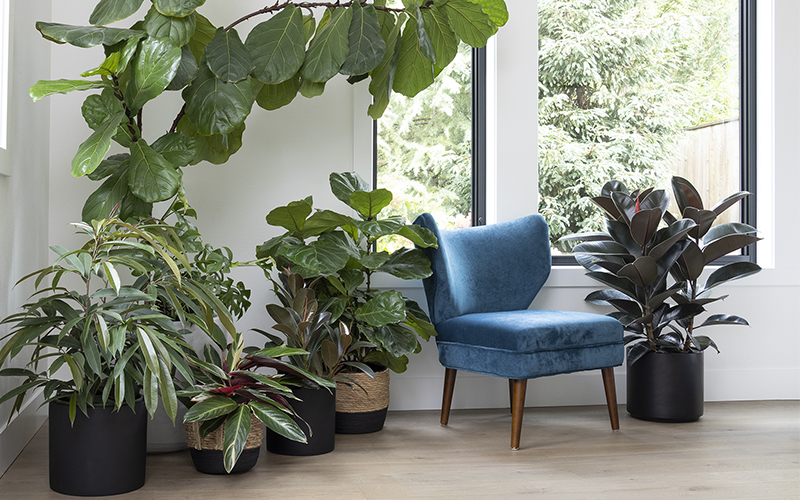
Like the plants you carefully chose for your garden, indoor plants have varying needs to thrive. Before choosing plants for your home, look at the plant and care details on their label or webpage. Choose your plants accordingly.
Light Requirements
Read the plant care details of your new houseplant. Be sure to place it where it will get the amount of light it needs to thrive. Keep plants that need more light in your well-lit rooms. Keep plants that are happy in low light in your darker corners and spaces further away from windows. The good news is that you can move your plants around until you find their perfect spot. There's no need to stress (plants are meant to be a source of relaxation, after all).
Watering
Generally, the watering issue that indoor plant owners run into is overwatering their houseplants rather than underwatering them. Use well-draining soil when re-potting and only water when the top two inches of soil is dry. Here's the best way to tell if you need to water your plants. Push your finger into the top layer of soil. If it's still wet, wait! If it's dry, saturate the soil.
Humidity Levels
Some plants, like most ferns, require more humidity than others when grown indoors. For plants that like a higher humidity level, you can do a few things. One option is to place plants on a pebble tray. Or, a tray that is filled with small pebbles and a bit of water. Another is to keep a humidifier nearby. And a third option is to keep humidity-loving plants in the bathroom. Here there's an almost daily source of humidity from shower steam.
Feeding or Fertilizing
Again, plant needs will vary in this department, so always follow care instructions. Generally, fertilizing monthly with a water-soluble houseplant fertilizer will keep most plants happy.
Cleaning or Dusting
The biggest difference between growing plants indoors and outdoors? Dust. Use a soft cloth or gentle shower to clean your plants every week or two. This will keep plants healthy by allowing the leaves to capture the sunlight they need to thrive. Plus, plant leaves just look better when they're clean.
Deadheading, Pruning, and Pinching Back
Like your outdoor plants, indoor plants also need the occasional trim. Pinch off dead or discolored leaves and flowers to keep them looking fresh. You can also prune plants to keep them smaller or to encourage new growth. Quick-growing plants tend to look bushier and more compact if you pinch them back more often.
Pests and Diseases
Spray your plant with neem oil or insecticidal soap. (If you run into issues with pests like aphids and spider mites.) Allow the soil to dry completely between watering to avoid the common fungus gnat infestation. If gnats or flies do become an issue, try a sticky fly catcher square on a toothpick in the soil. (Never use these outdoors as they are unsafe for beneficial insects, pollinators, and other wildlife). Remove diseased leaves as soon as you notice them to keep any disease from spreading. If a plant is continuously being plagued with disease or pests, try this. Repot it into fresh soil and a clean container.
Learn More About Creating Indoor Garden Rooms
- Find large, healthy, and thriving Monrovia houseplants at your local Monrovia retailer.
- Sign up for the Grow Beautifully newsletter. You'll get first access to exclusive plants, new editions, live webinars, free digital guides, expert design advice, and gardening tips.
- Here's a video on how to create an elevated indoor container for your houseplants
- Here's a video on why large Monrovia houseplants are able to create instant satisfaction
- How to Decorate with Large Indoor Plants
- 8 Ferns You Can Grow Indoors
- How to Overwinter Tropicals Indoors
- How to Bring Ferns Indoors for Winter
- How to Dress Up a Porch with Ferns
- Stay tuned! We're growing more large, beautiful houseplants every season.
